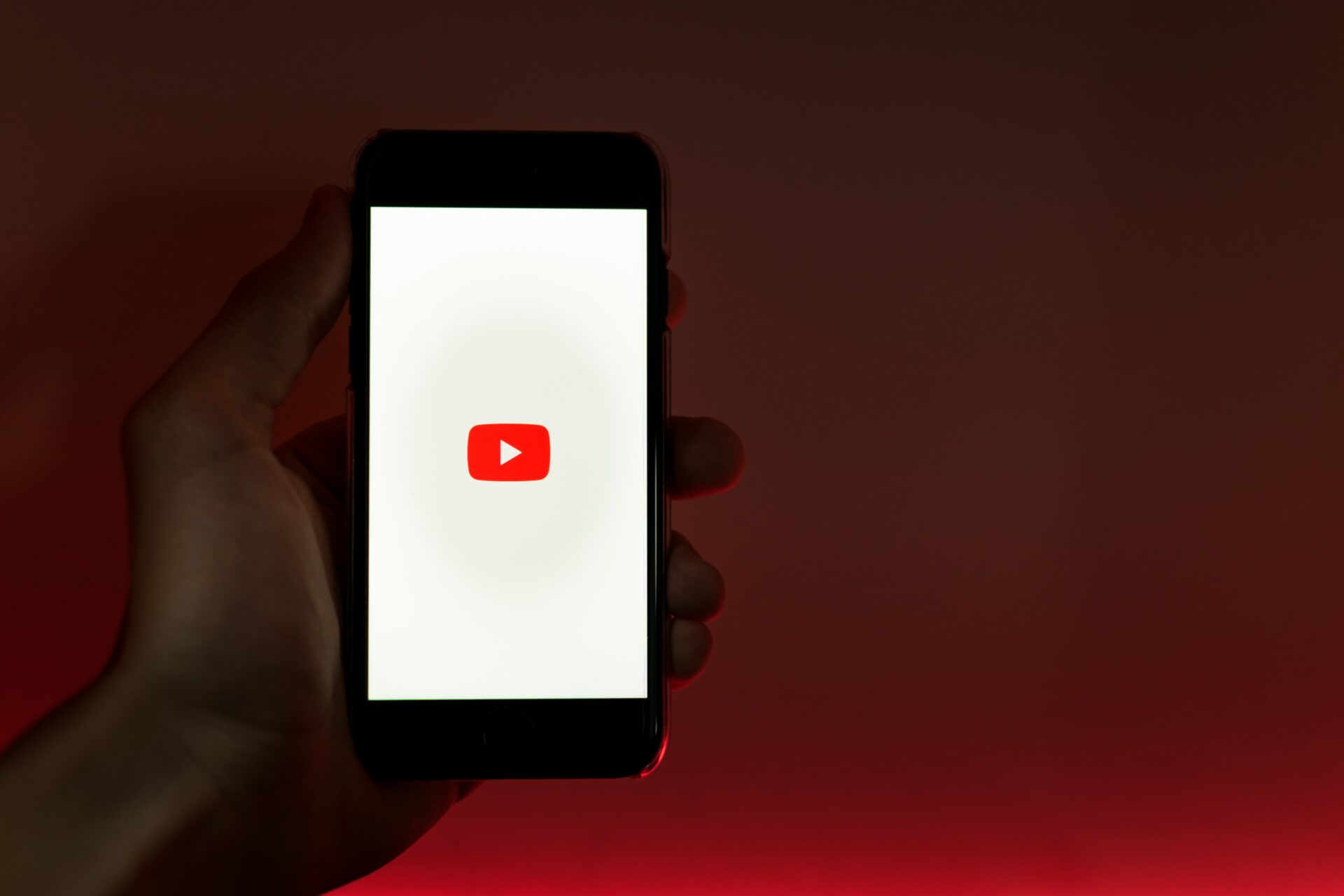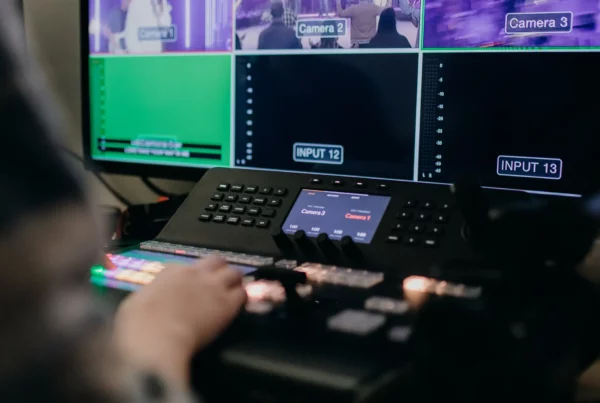Live streaming is the best strategy to engage your YouTube audience during real time. If you’re new to streaming, there are some technicalities that you should know. For example, going live on mobile requires you to have at least 1,000 subscribers. For a new channel, that may seem like a huge number. In that case, you may not be able to use the app. However, if you have less subscribers, you could always stream via webcam on your desktop/laptop, which would not need an encoder. Before you jump into going live, there are a few helpful tips that could make your life easier.
Streaming and Your Network

Encoding Tricks of the Trade

Safety on a Live Stream

If you have a child who has a channel, you can protect their privacy by setting up “private” or “unlisted” live streams so you can manage viewers. Additionally, remember to adhere to the community guidelines by never including dangerous, violent or sexually explicit content.
If you would like to live stream to multiple channels, include branding and have the ability to edit, consider using Contenflow for your next event.






 This project has received funding from the European Union’s Horizon 2020 research and innovation programme under grant agreement No 876239, 959379 & 965502.
This project has received funding from the European Union’s Horizon 2020 research and innovation programme under grant agreement No 876239, 959379 & 965502.
